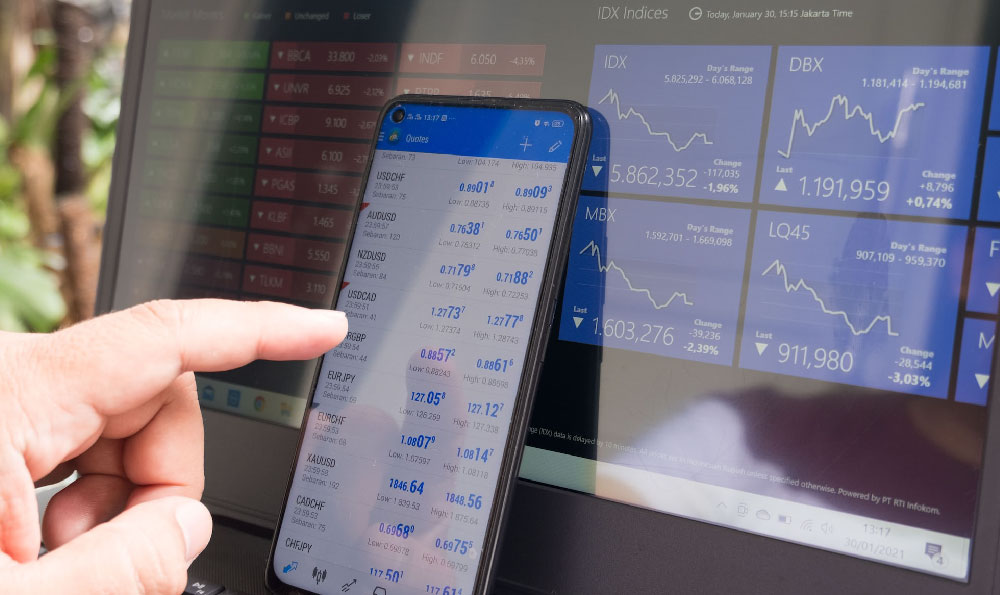As one of the most well-known platforms for content creation, YouTube has become a powerful tool for monetization. With over 2 billion monthly active users, it's not just a space for entertainment or education but a viable avenue for generating passive income. However, transforming views into earnings requires more than just uploading videos. Understanding the diverse revenue streams available and implementing a strategic approach is essential for creators aiming to maximize their financial potential. The journey begins with a clear grasp of how these strategies interconnect and evolve alongside the creator's brand and audience.
Building a sustainable income through YouTube hinges on audience engagement and content quality. While the platform's primary monetization tool is the YouTube Partner Program, which requires 1,000 subscribers and 4,000 watch hours, it's not the only way to profit. Many successful creators diversify their income beyond traditional ad revenue, leveraging a mix of strategies to align with their unique niche and target demographic. The effectiveness of these methods often depends on the creator's ability to maintain viewer interest over time, as well as their commitment to refining their content strategy based on analytics and feedback.
Brand partnerships have emerged as a critical component of YouTube monetization, especially for creators with larger audiences. As brands seek authentic connections with consumers, they turn to YouTubers who have built trust with their viewers. This collaboration can take the form of sponsored content, affiliate marketing, or product placements. The key to securing these deals lies in showcasing genuine expertise and a clear understanding of the brand's values. Creators who consistently deliver high-quality content and foster a loyal community are more likely to attract brand deals that provide substantial income. These partnerships often require careful negotiation to ensure alignment with both the creator's voice and the brand's marketing goals.

A significant portion of YouTube creators rely on member support as a steady source of revenue. By offering exclusive content, behind-the-scenes access, or personalized interactions, creators can incentivize their audience to subscribe to the channel. The YouTube Premium subscription model allows creators to earn a portion of the revenue generated by their channel's members, creating a direct financial link between content quality and viewer commitment. To optimize this strategy, creators should focus on building a sense of community and regularly engaging with their subscribers through live streams, comment sections, and dedicated member-only content. This emotional connection often leads to long-term loyalty and higher member retention, which in turn boosts income potential.
Super Chat and Channel Memberships provide immediate financial rewards for creators who host live streams. Super Chat allows viewers to pay for messages that appear prominently on the screen, while Channel Memberships offer recurring payments in exchange for special perks. These features are particularly effective for creators who prioritize real-time interaction and community building. To make the most of these monetization tools, creators should plan their live streams strategically, incorporating Q&A sessions, live events, or interactive challenges. The success of these methods is closely tied to the creator's ability to maintain audience engagement during broadcasts, as well as their flexibility in offering tiered membership benefits.
Content licensing and merchandise sales present alternative income opportunities for creators who have built a recognizable brand. Licensing content to other platforms, apps, or even physical products can lead to additional revenue streams. Merchandise sales, on the other hand, allow creators to monetize their audience's interest in their personal brand through branded items. Both strategies require a strong online presence and a consistent output of high-quality content that resonates with viewers. Creators should explore licensing deals with content distribution platforms or publishers, while also crafting merchandise that aligns with their channel's theme and appeals to their audience's interests. These methods often complement traditional monetization strategies, adding depth to the creator's financial portfolio.
Affiliate marketing is another effective way to monetize YouTube content, especially for creators who focus on product reviews, tutorials, or recommendations. By earning a commission for every sale made through their referral links, creators can turn their viewers' purchases into income. The success of this strategy depends on the creator's ability to provide honest evaluations and guide their audience toward value-driven decisions. Creators should research affiliate programs that align with their niche, ensuring that their promotions are relevant and beneficial to their viewers. Tracking performance metrics and adjusting marketing strategies accordingly is crucial for maximizing the profitability of affiliate links.
YouTube Premium has become a game-changer for creators who seek to earn from their channel's audience without relying on third-party ads. By providing exclusive content and ad-free experiences, creators can generate revenue directly from their subscribers. The revenue share model ensures that creators receive a percentage of the payments made by their members, creating a more stable income compared to the fluctuating nature of ad revenue. To implement this strategy, creators should focus on producing high-quality, subscription-worthy content that maintains viewer interest. Regularly updating their channel with fresh material and offering unique value through YouTube Premium benefits can lead to higher member retention and increased income.
The key to long-term success on YouTube is not just about choosing the right monetization strategies but about creating a seamless integration between content and revenue. Creators who develop a diversified income model that includes multiple streams, such as ads, memberships, sponsorships, and affiliate marketing, tend to have more resilient financial growth. This approach allows creators to mitigate the risks associated with relying on a single revenue source, while also maximizing the potential of each strategy. As the platform continues to evolve, creators who stay adaptable and innovative will not only survive but thrive in the competitive landscape.
Ultimately, the ability to generate income from YouTube depends on a combination of factors, including content quality, audience engagement, and strategic planning. While the initial steps may seem daunting, consistent effort and a willingness to learn can lead to significant financial returns. By exploring diverse monetization avenues and refining their approach over time, creators can turn their passion into a profitable career. The journey is not about quick fixes but about building a sustainable and scalable income model that aligns with their personal goals and audience expectations.












